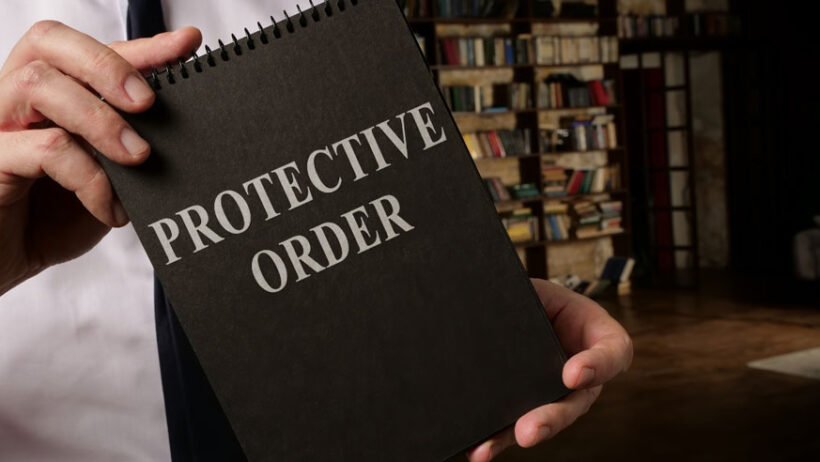A protective order, also known as a restraining order, is a serious legal tool designed to prevent contact and ensure safety. These court-issued documents create clear boundaries that a person must legally follow. However, navigating the terms of a protective order can be complex, and violations can occur, leading to significant legal consequences. Understanding what constitutes a violation and how to avoid one is crucial for all parties involved.
This guide outlines common types of violations and offers practical steps to prevent them, ensuring compliance and safety.
Understanding the Scope of a Protective Order
Before delving into violations, it’s essential to understand what a protective order typically prohibits. While the specific terms can vary, most orders include provisions that restrict certain behaviors.
Key Restrictions
- No Contact:This is the most fundamental rule. It prohibits any form of communication, including in-person contact, phone calls, text messages, emails, and social media interactions.
- Proximity Limitations:The order will specify a certain distance the restrained person must maintain from the protected person, their home, workplace, and school.
- Third-Party Contact:A restrained person cannot use friends, family members, or other acquaintances to relay messages to the protected person. This is often called indirect contact.
- No Harassment or Surveillance:Any form of stalking, monitoring, or threatening behavior is strictly forbidden.
Common Protective Order Violations
Violations can be intentional or unintentional, but both carry legal weight. Awareness of common missteps is the first step toward prevention.
Direct and Indirect Communication
The most frequent violation is breaking the “no contact” rule. A single text message, even one that seems harmless, can be a breach of the order. Similarly, asking a mutual friend to “see how they are doing” constitutes third-party contact and is a clear violation. Social media interactions, such as liking a post or sending a direct message, also fall under this category.
Accidental Encounters
Sometimes, a restrained person may accidentally encounter the protected individual in a public place like a grocery store or park. The legal responsibility in this situation falls on the restrained person. They must immediately and calmly leave the area to comply with the proximity requirements of the order. Lingering or attempting to initiate contact can turn an accidental meeting into a legal problem.
Misinterpreting the Terms
The legal language of a protective order can be confusing. A person might believe that certain types of contact are permissible, such as responding to a message initiated by the protected party. However, the order’s restrictions apply regardless of who initiates contact. Misunderstanding these nuances is not a valid defense in court. If accused of a violation, it is crucial to consult with a qualified legal professional, such as a criminal defense attorney in Utah, to understand your rights and the specifics of the case.
How to Prevent Protective Order Violations
Prevention is always the best strategy. For the person restrained by the order, strict compliance is not just a suggestion; it is a legal mandate.
Maintain Complete Separation
The simplest way to avoid a violation is to sever all lines of communication. Block the protected person’s phone number and social media profiles to remove the temptation to reach out. Delete their contact information to prevent accidental calls or texts. Treat the order as an absolute barrier.
Plan Your Movements
Be mindful of the locations restricted by the order, such as the protected person’s home, work, and other frequented places. If you know their typical schedule or locations, actively avoid them. When an accidental encounter occurs, your immediate and deliberate action to create distance is your best defense against an accusation of violation.
Seek Legal Clarification
If any part of the protective order is unclear, do not make assumptions. It is far better to seek clarification from a legal professional than to risk a violation. Understanding exactly what is and is not allowed removes ambiguity and helps ensure you remain compliant with the court’s directives.
Summary
Protective orders serve a critical function in maintaining safety and legal boundaries. Violations, whether intentional or not, can lead to severe consequences, including fines and jail time. By fully understanding the common ways orders are breached—from direct contact to misinterpreting legal terms—individuals can take proactive steps to prevent them. Adhering strictly to the no-contact rules, carefully managing movements, and seeking legal guidance when needed are essential practices for navigating the complexities of a protective order and avoiding further legal trouble.








